Boating Safety: Keep PLBs and EPIRBs in Working Order

When venturing out on the open water, safety should always be a top priority. While life jackets are a given piece of safety gear to have on the boat and at a dock rental, there are advanced wearable devices that can aid in life-saving.
Emergency Position-Indicating Radio Beacons (EPIRBs) and Personal Locator Beacons (PLBs) are essential safety equipment for boaters and anglers.
In the event of an emergency, these devices transmit a distress signal, including your location, to satellites and rescue coordination centers, facilitating prompt help. There are important safety concerns and maintenance requirements to be aware of when using EPIRBs and PLBs on a boat.

Effectiveness depends on:
- Correct usage
- Maintenance
- Awareness of potential pitfalls

1. Proper Registration
One of the most critical issues with both EPIRBs and PLBs is improper registration or failure to register the device at all. When you purchase an EPIRB or PLB, you must register it with the appropriate authorities—such as NOAA in the U.S.—to ensure that your device is linked to your boat's details, emergency contacts and identifying information. If a distress signal is sent from an unregistered or outdated device, rescue efforts may be delayed while authorities try to identify the source of the signal.
Safety Tip: Always ensure your device is registered and that your registration details are updated whenever there are changes to your contact information or vessel.
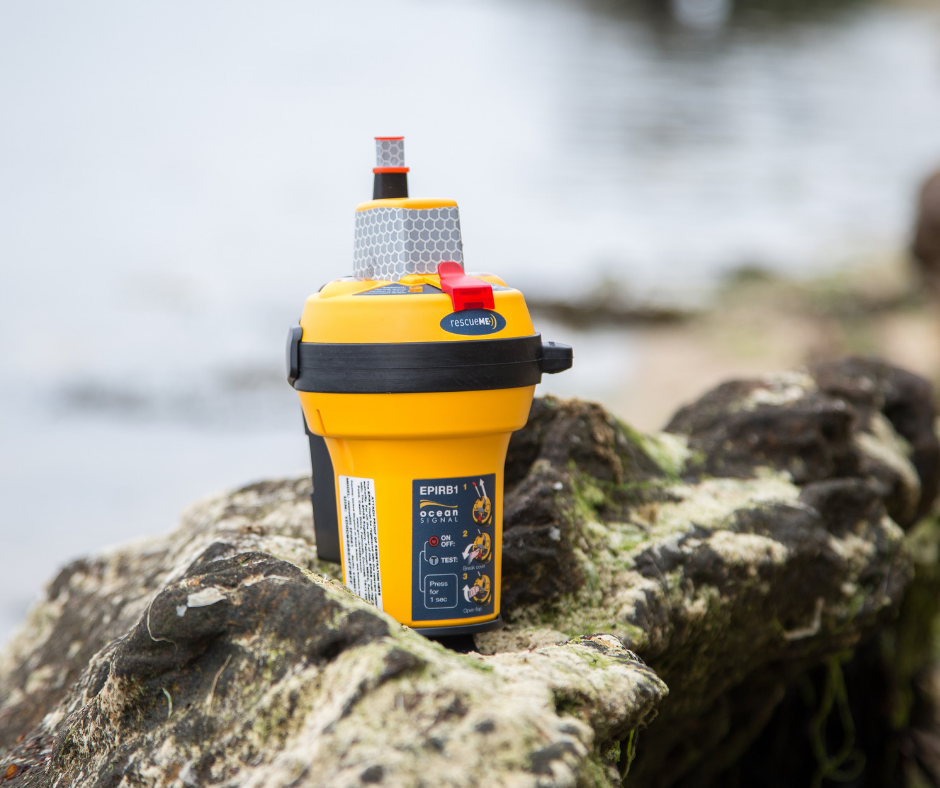
2. Incorrect Mounting and Storage
EPIRBs must be mounted in an area where they can deploy easily in an emergency. Many modern EPIRBs are designed to automatically deploy and activate if your boat sinks. If the device is improperly mounted or obstructed, it may not function as intended. Similarly, PLBs should be stored in a location where they can be quickly accessed, ideally attached to your life jacket or personal gear.
Safety Tip: Regularly inspect your EPIRB's mounting bracket and ensure it's free from obstructions. PLBs should be within reach at all times and ideally worn on your person.
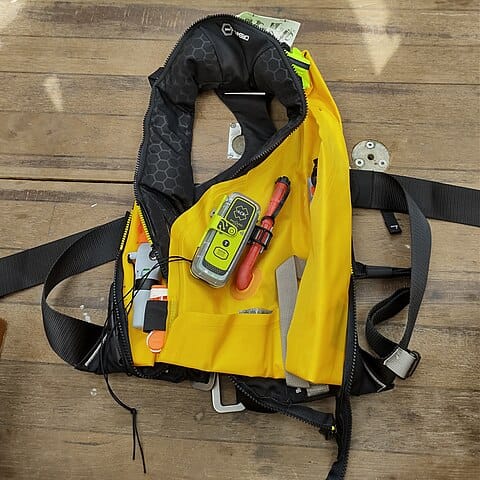
3. Battery Life and Expiration
Both EPIRBs and PLBs rely on batteries, which typically have a multi-year lifespan but need periodic replacement. If the battery expires and the device fails during an emergency, the consequences could be dire. Battery expiration dates are usually indicated on the device, but neglecting to check them regularly is a common issue among boaters.
Safety Tip: Mark your calendar to check battery life annually (perhaps at the same time as your smoke and carbon monoxide detectors) and always replace the battery before the expiration date.
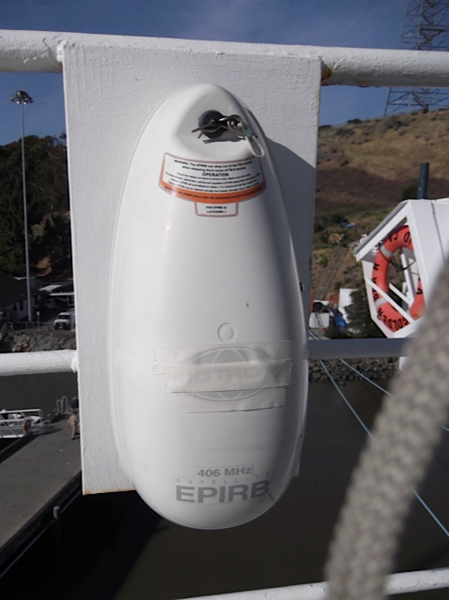
4. Accidental Activation
Accidental activation of an EPIRB or PLB can lead to unnecessary search and rescue efforts, wasting resources and time that could be used for real emergencies. Such false alarms can also carry penalties. Accidental activation often occurs due to mishandling or improper storage of the device.
Safety Tip: Be cautious when handling your EPIRB or PLB, and familiarize yourself with the correct way to arm and disarm it. Storing the device in a protective cover in a dock box or at the private boat slip for rent can prevent accidental activation.
5. Failure to Test Regularly
Many EPIRBs and PLBs come with a self-test feature that allows you to check whether the device is functioning properly. However, many boaters neglect to perform regular tests, leading to the discovery of malfunctions only when it’s too late. Testing ensures that the device’s internal systems, such as the GPS and transmission mechanisms, are operational.
Safety Tip: Set a reminder to test your EPIRB or PLB regularly, as per the manufacturer’s instructions, and make sure the signal and GPS capabilities are working correctly.

6. Environmental Concerns
Boaters may be unaware that environmental factors can impact the functionality of an EPIRB or PLB. Saltwater corrosion, UV exposure, and extreme temperatures at a private boat lift rental can degrade the device over time. If not properly maintained, this can lead to failure when you need it most.
Safety Tip: Store and maintain your EPIRB or PLB according to the manufacturer's guidelines. Regularly inspect the device for signs of corrosion, cracks or other damage.
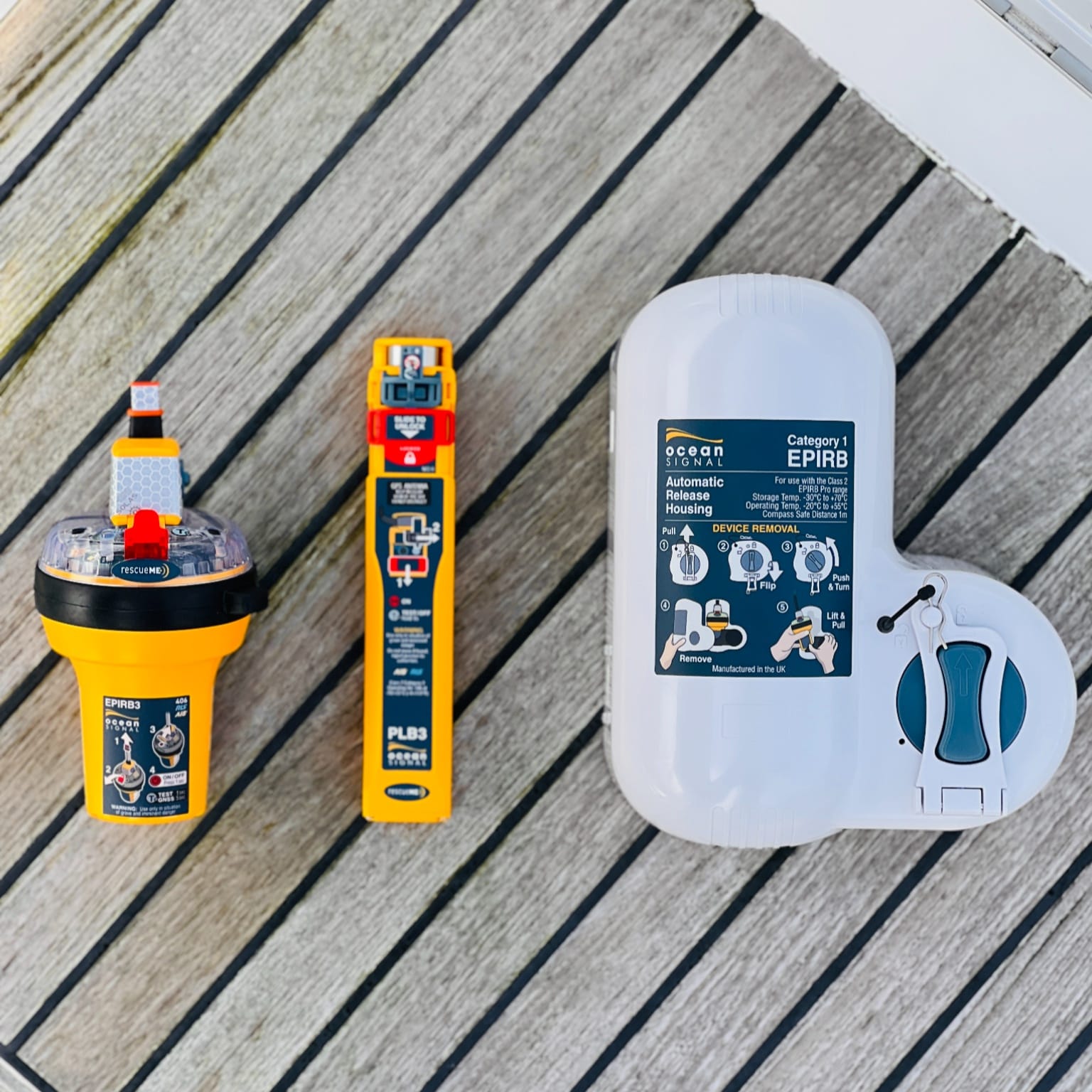
7. Incorrect Usage
EPIRBs and PLBs are not interchangeable and should be used in different contexts. An EPIRB is designed specifically for maritime use and activates automatically if it becomes submerged. A PLB is a manual device that can be used on land or sea but must be activated by the user. Using one device in place of the other could result in ineffective communication in an emergency.
Safety Tip: Understand the differences between EPIRBs and PLBs and make sure you're carrying the right device for your type of activity. Know how to properly activate and deploy the device you’re using.
Differences in PLBs and EPIRBs
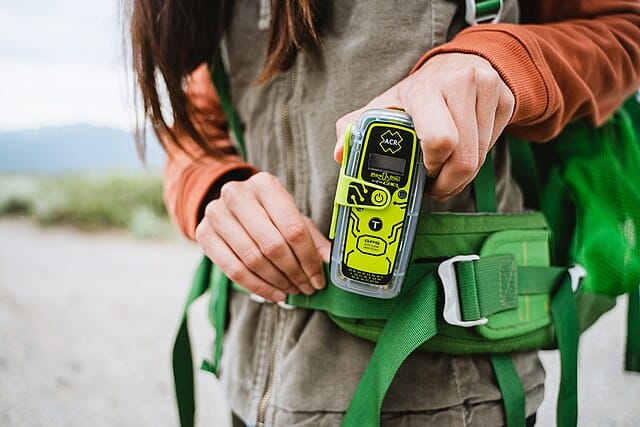
- PLBs are smaller and are worn on your body or on a life jacket. EPIRBs are designed to float in the water.
- PLBs are registered to a specific person. EPIRBs are registered to a vessel.
- PLBs can transmit for 24 hours. EPIRBs can transmit for 48 hours.
- PLBs have an activation switch that has to be pressed. EPIRBs can be activated by tossing in the water or pressing a switch.
- PLBs, while they can be used on the water, are best for land. EPIRBs are the best for use on the water.
- EPIRBs are more expensive but offer more features.
PLB and EPIRB Brands



